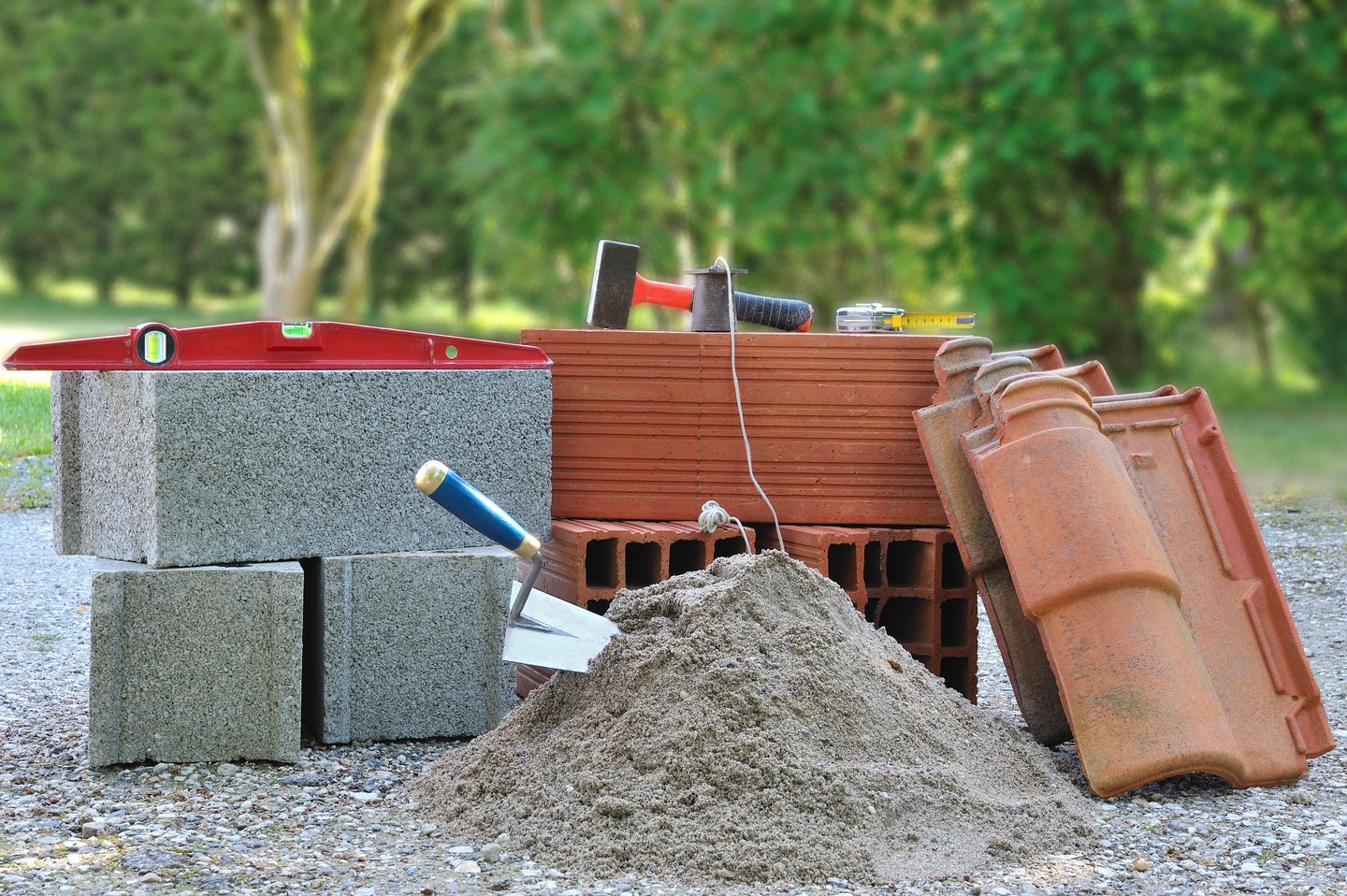Construction site Data Environment
Published on
A diversity of materials shaping construction today

A diversity of materials is key to the future of the building trade
Investment in a diversity of materials and building methods now appears to make strategic sense. Here’s what one professional in the industry has to say on the subject incidentally: “In most buildings with a timber structure, the foundations and ground floor as well as the elevator and stairwell cores are still built out of concrete. What’s more, the exterior façades must be protected by siding for the sake of durability and fire safety. The future therefore looks to be built from different combinations: timber with concrete, steel or stone…for some parts of a building but not others”.
What matters is to apply the principle: "The right material in the right place", to end up with more advanced designs in terms of operational efficiency, by adapting to each scenario, to the shape and size of the building, to its structural requirements and to the expectations of the owner, manager and user.
.jpeg?width=563&height=376&name=AdobeStock_316541575%20(1).jpeg)
What does a diversity of materials mean?
The dictionary (Collins for example) defines a diversity of things as “a range of things which are very different from each other”.
Such diversity has gradually expanded over the years, beginning with timber and concrete and going on to encompass the use of glass, stone, steel, resin and plastic too.
Diversity in construction, which has always served a wide range of requirements, is once again emerging as a promising avenue for the future, by combining the best techniques, materials and skills for even better results.
Indeed, the outcome is precise and harmonious techniques, metering and proportions to attain a symbiotic balance within the building.
Complex projects hinge on the diversity of materials
Today more than ever, there is a whole host of criteria to be taken into account in the design, building phase then use and deconstruction of a contemporary building, including technical, economic, environmental and societal ones.
Heatwaves, climate change, resource and energy management and reshoring of supplies: these are all examples of increasingly important economic and environmental considerations!
On a final note, in light of the climate and environment requirements as well as smart management of natural resources (timber) or substitutes (recycled crushed concrete), centralised production centres or plants will no doubt become necessary nationwide to maximise fuel savings and press on with lowering the carbon footprint.
.jpeg?width=702&height=410&name=AdobeStock_77893161%20(1).jpeg)
Choosing sustainable materials
Diversity of materials is a choice, to progress towards greater optimisation, integration and sustainability. It really is a goal set right from the design stage which will increasingly call on prefabrication in machining units, including 3D printing, in locations across the country.
It is therefore all a question of design, discussion and collaboration with a view to achieving harmonisation at the right time, in the right place. Collaborative platforms have a key role to play in what will prove to be a "symbiosis" at two levels: between the materials themselves and between the object, the asset and its environment and its location.
Pragmatically speaking, the diversity of materials in construction is a future solution insofar as the relevant combination of materials throughout a building’s life cycle will chime with harmonious team-working for the sake of “building well”, by improving the management of margins and environmental resources.
Setting store by effective management – proportions, metering, journeys and operations, as well as the massive flow of data interacting in real time – will improve teamwork, and platforms are poised to make an ever more significant contribution in this regard.
Sources :
BATI ADVISOR, COUGNAUD CONSTRUCTION, CONSTRUCTION21, CTB, CODIFAB, L'USINE NOUVELLE, Batiactu et LE MONITEUR.

